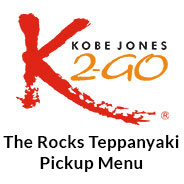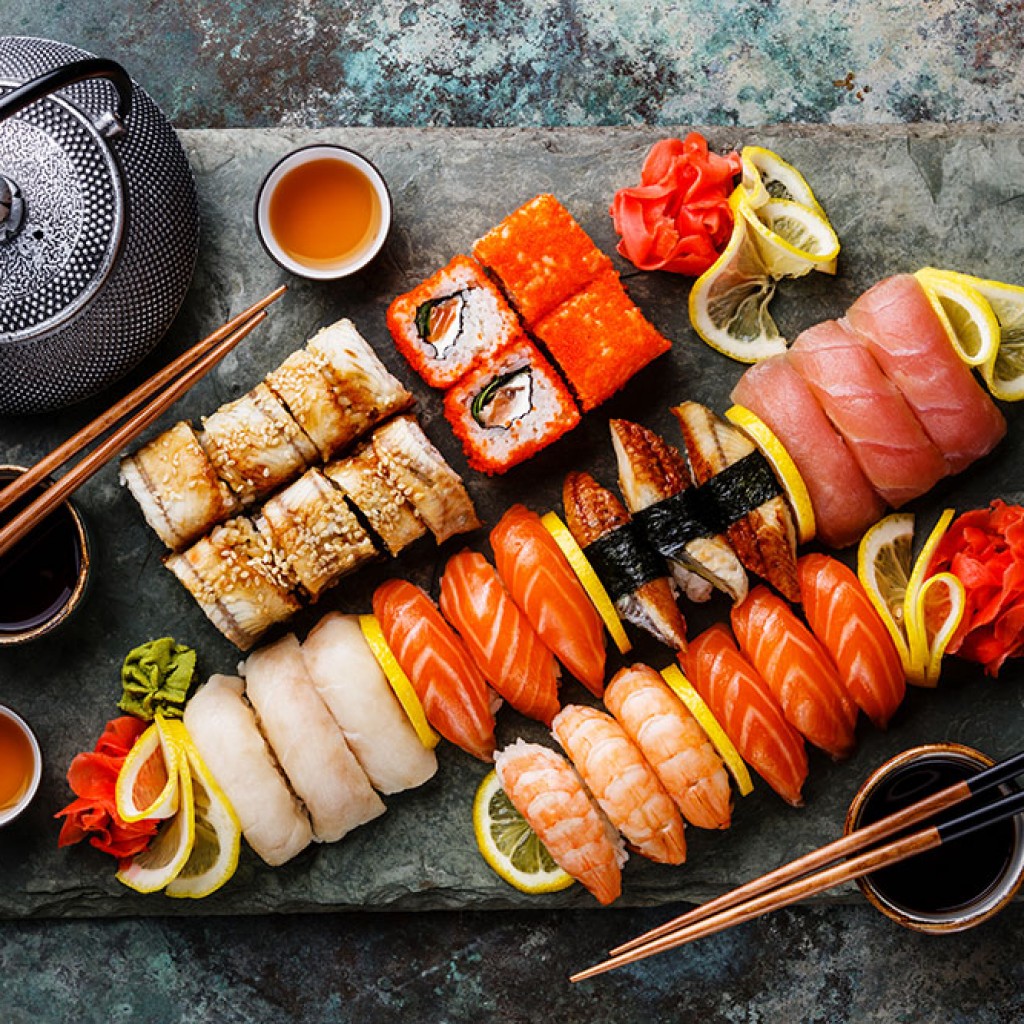The history of sushi is very long, and the interesting thing about it is that sushi is continually evolving. First mentioned in China during the second century, sushi originally arose as a way of preserving food. Fish was placed in rice and allowed to ferment, which kept the fish edible for some time. The rice was then thrown away and the fish was eaten when required.
The method spread throughout China and by the seventh century, it had made its way to Japan, where seafood has historically been a staple. The Japanese altered the process slightly by deciding to eat the rice along with the fish. By the 17th century, seasoning had been added to the rice, turning what was once a salvation process into a much loved dish. Matsumoto Yoshiichi of Edo (now Tokyo) began making instant ‘sushi’, and this is where modern day sushi began.
Modern sushi
In the early 19th century, a man by the name of Hanaya Yohei conceived a major change in the production and presentation of sushi. No longer wrapping the fish in rice, he placed a piece of fish on top of an oblong-shaped piece of seasoned rice. This style of sushi is known today as ‘nigiri sushi’ or ‘edomae sushi’, and is one of the most popular ways to eat sushi not just in Japan, but all across the world.
Hanaya Yohei and other sushi makers sold this new form of sushi from street stalls in and around the city. The stalls were hugely popular with the busy Japanese culture, but following World War II, the stalls were shut down and forced to open indoors where it was considered more sanitary.
A global phenomenon
During the late 1970’s, Japanese businesses started expanding to the United States, and more and more sushi restaurants opened to serve the Japanese businessman living locally. Widely considered a “Japanese take on fast food” it was ideal for a quick bite, but it quickly became a dining experience for those unfamiliar with the concept.
Sushi had, without a doubt, sparked the interest of Americans, but many were reluctant to tuck into raw fish. As a way to slowly introduce those unsure, the California Roll was created – the perfect introductory piece of sushi. It was an instant hit and as more Westerners started eating sushi, Edo-style sushi started to blend with western culture.
What to expect in 2016
Simply put, today’s sushi is any dish made with vinegared sushi rice. A common belief is that the term sushi means “raw fish”, but that is incorrect. Sushi literally means “it’s sour”, referring to the sour taste of vinegared rice. Besides, certain types of sushi don’t use fish at all, such as our Vegetarian Roll, filled with poached asparagus, cucumber, caramelised miso wild mushrooms and burdock root, layered with avocado and drizzled with sweet black miso aioli.
Below is a broad stroke of the different types of sushi found commonly in Australia and around the world.
Makizushi
Makizushi means “rolled sushi”. It generally means it’s wrapped in Nori (seaweed), but occasionally it can be wrapped in a thin omelette, soy paper, cucumber or shiso (perilla) leaves. Variations on rolled sushi include:
- Hosomaki – thin roll with rice on inside, nori on outside
- Chumaki – medium roll with rice on inside, nori on outside
- Futomaki – thick roll with rice on inside, nori on outside
- Uramaki – rice on outside, nori on inside
- Temaki – hand rolled or cone shaped
Nigiri Sushi
Nigiri sushi means “hand pressed sushi”. Typically made of a hand formed oblong of rice with a swipe of wasabi on top, it is finished with some type of topping such as salmon or tuna.
Chirashizushi
Chirashizushi means “scattered sushi”. It’s a type of sushi served in a bowl with sushi rice and is commonly finished with nine toppings. It’s popular in Japanese homes, because it’s simple to make.
Inarizushi
Inarizushi means “carrying rice” and is a pouch of fried tofu (abura age) filled with sushi rice. It’s produced by cutting tofu into thin slices and deep frying first at 110-120 degrees and then again at 180-200 degrees.
Oshizushi
Oshizushi means “pressed sushi” and it’s made using a wooden mold. It’s then cut into squares or rectangles before serving.
How to eat sushi
1. Ditch the dunk
A big mistake people make is to pick up a piece of sushi and dunk it straight into a pool of soy. The rice then soaks up the soy, meaning that’s all you’ll be able to taste. The soy is there to complement the sushi vinegar, not to mask the flavour. So instead of dunking, try tilting the sushi towards the soy and then eating in one bite.
2. Keep wasabi separate
Westerners have a habit of mixing wasabi in their dish of soy, but this kills the punch of wasabi. Instead, wipe a small amount of wasabi directly onto your sushi, then dip it lightly in the soy so that each individual flavour mingles on your tongue.
3. Watch the order
If you find a lavish sushi platter in front of you, don’t just reach out and grab the first roll you see. Instead, eat from light to dark, starting with sashimi first and light fish such as snapper or King George whiting before moving onto fattier flavours such as salmon and kingfish. You can then finish it off with mouthwatering tuna. Oh, and use the pickled ginger between bites!
4. Use chopsticks
You might feel awkward, but if you don’t practice, you’ll never get good at it. Besides, it’s tradition!
5. Enjoy the experience
Modern sushi is meant to be a dining experience and not something you simply whip up at home or grab as a takeaway. To really enjoy sushi, visit a reputable Japanese restaurant and then follow the above rules.






 (4 votes, average: 4.00 out of 5)
(4 votes, average: 4.00 out of 5)